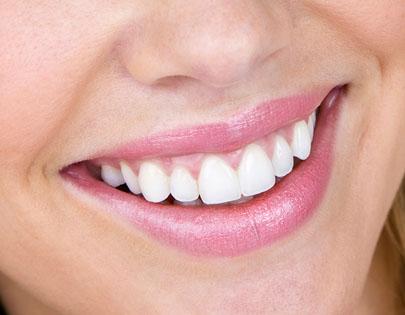Treatment of gingival recession: cosmetic mucogingival surgery
Following a trauma, or the use of overly aggressive brushing techniques, apical contraction of the gingiva with consequent exposure of the root may be verified.
The exposed tooth root, in addition to developing an unpleasant dichromatic effect making the colour more ‘yellowish’ than the enamel of the crown and a perception of a ‘elongated’ tooth, in most cases also causes thermal hypersensitivity and an increased possibility of developing caries on the tooth affected by the recession. Apical contraction of the gum also causes the loss of keratinized tissue which is essential to proper oral hygiene.
What can be done?
In most cases, we can solve the problem surgically with coronal repositioning of the soft tissues surrounding the tooth. Basically the gingiva and the alveolar mucosa are moved so as to cover the entire area of recession.
Only in more advanced cases, when there is a complete loss of the keratinized tissue around the tooth, must we resort to taking a small sample of the palatal fibromucosa connective tissue which will then be repositioned in the area of the recession.
Is it a painful surgery?
No, the surgery is performed under local anaesthesia. Sometimes there is a small amount of swelling in the area that was operated on which decreases naturally within a week.
The pharmacological protocol includes taking only non-steroidal, anti-inflammatory drugs for one week, and using 0.2% chlorhexidine mouthwash until healing is complete. The stitches are removed after 14 days. Antibiotics are required only if the connective tissue is grafted.
The patient should continue to gently brush the area that was operated on with an ultra-soft toothbrushin the three weeks following the intervention. After three months, the patient can return to brushing normally.







